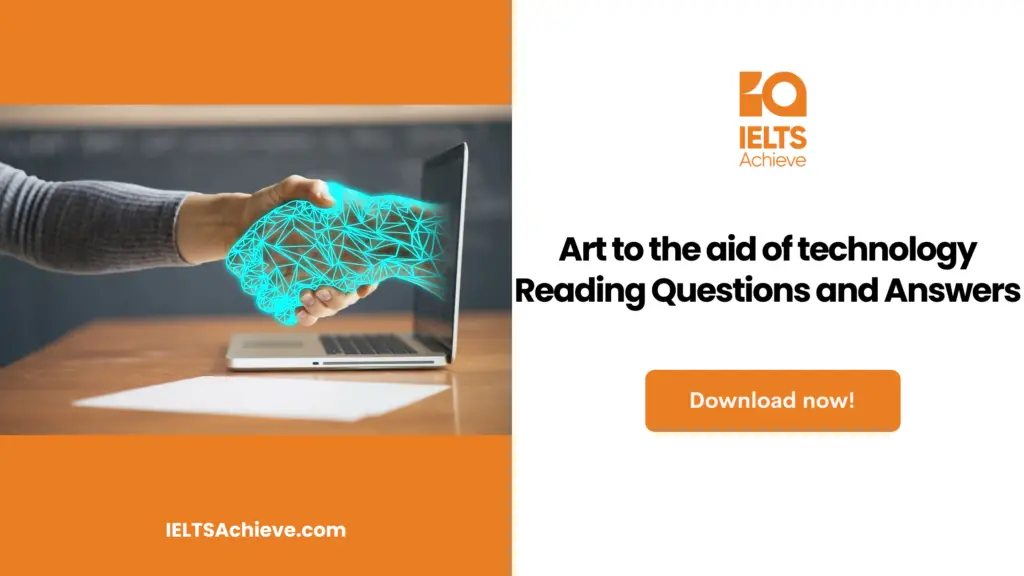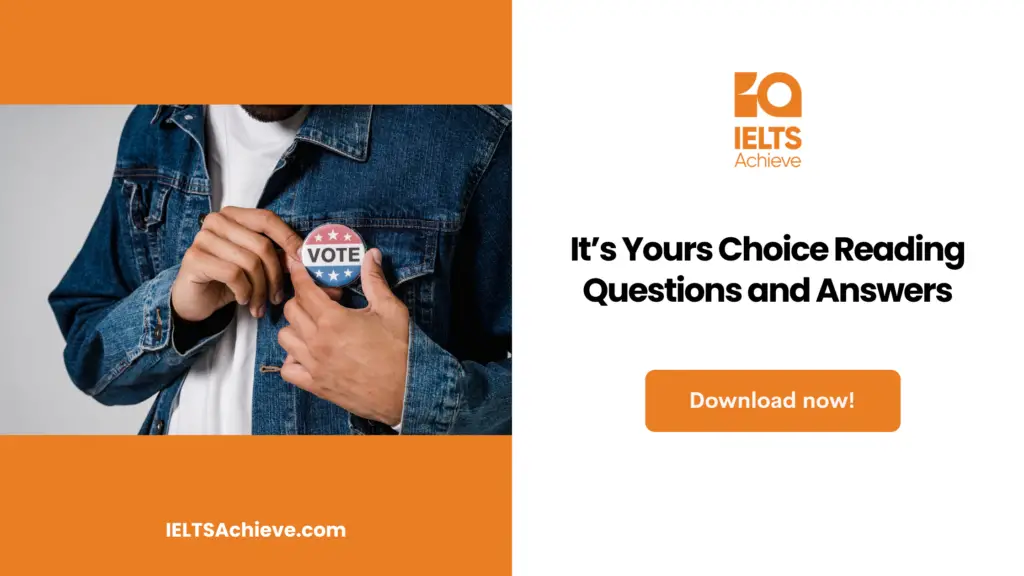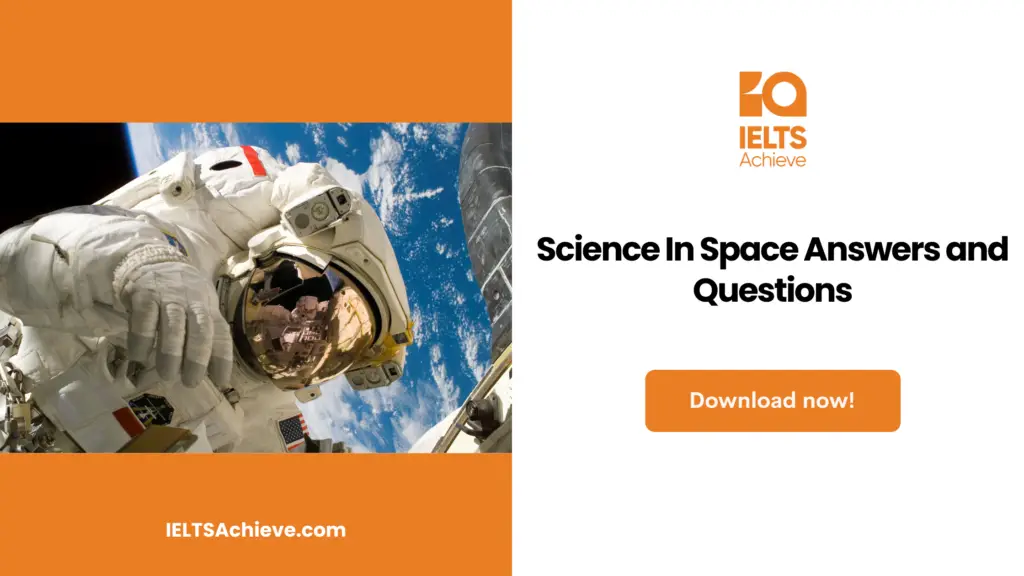The Blog post contains the following IELTS Reading Questions:
- IELTS Reading Summary Completion
- IELTS Reading Matching Features
- IELTS Reading Locating Information
Stay informed and prepared for success – Explore our comprehensive Reading Test Info page to get valuable insights, exam format details, and expert tips for mastering the IELTS Reading section.
IELTS Reading passage – Art to the aid of technology

Art to the aid of technology
AOur brains are incredibly agile machines, and it is hard to think of anything they do more efficiently than recognize faces. Just hours after birth, the eyes of newborns are drawn to facelike patterns. An adult brain knows it is seeing a face within 100 milliseconds, and it takes just over a second to realize that two different pictures of a face, even if they are lit or rotated in very different ways, belong to the same person.
BPerhaps the most vivid illustration of our gift for recognition is the magic of caricature-the fact that the sparest cartoon of a familiar face, even a single line dashed off in two seconds, can be identified by our brains in an instant. It is often said that a good caricature looks more like a person than the person themselves. As it happens, this notion, counterintuitive though it may sound, is actually supported by research. In the field of vision science, there is even a term for this seeming paradox-the caricature effect-a phrase that hints at how our brains misperceive faces as much as perceive them.
CHuman faces are all built pretty much the same: two eyes above a nose that’s above a mouth, the features varying from person to person generally by mere millimetres. So what our brains look for, according to vision scientists, are the outlying features-those characteristics that deviate most from the ideal face we carry around in our heads, the running average of every “visage” we have ever seen. We code each new face we encounter not in absolute terms but in the several ways, it differs markedly from the mean. In other words, we accentuate what is most important for recognition and largely ignore what is not. Our perception fixates on the upturned nose, the sunken eyes or the fleshy cheeks, making them loom larger. To better identify and remember people, we turn them into caricatures.
DTen years ago, we all imagined that as soon as surveillance cameras had been equipped with the appropriate software, the face of a crime suspect would stand out in a crowd. Like a thumbprint, its unique features and configuration would offer a biometric key that could be immediately checked against any database of suspects. But now a decade has passed, and face-recognition systems still perform miserably in real-world conditions. Just recently, a couple who accidentally swapped passports at an airport in England sailed through electronic gates that were supposed to match their faces to file photos.
EAll this leads to an interesting question. What if, to secure our airports and national landmarks, we need to learn more about caricature? After all, it’s the skill of the caricaturist-the uncanny ability to quickly distill faces down to their most salient features-that our computers most desperately need to acquire. Clearly, better cameras and faster computers simply aren’t going to be enough.
FAt the University of Central Lancashire in England, Charlie Frowd, a senior lecturer in psychology, has used insights from caricature to develop a better police-composite generator. His system, called EvoFIT, produces animated caricatures, with each successive frame showing facial features that are more exaggerated than the last. Frowd’s research supports the idea that we all store memories as caricatures, but with our own personal degree of amplification. So, as an animated composite depicts faces at varying stages of caricature, viewers respond to the stage that is most recognizable to them. In tests, Frowd’s technique has increased positive identifications from as low as 3 percent to upwards of 30 percent.
GTo achieve similar results in computer face recognition, scientists would need to model the artist’s genius even more closely-a feat that might seem impossible if you listen to some of the artists describe their nearly mystical acquisition of skills. Jason Seiler recounts how he trained his mind for years, beginning in middle school, until he gained what he regards as nothing less than a second sight. ‘A lot of people think that caricature is about picking out someone’s worst feature and exaggerating it as far as you can,’ Seiler says. ‘That’s wrong. Caricature is basically finding the truth. And then you push the truth.’ Capturing a likeness, it seems, has less to do with the depiction of individual features than with their placement in relationship to one another. ‘It’s how the human brain recognizes a face. When the ratios between the features are correct, you see that face instantly.’
HPawan Sinha. director of MIT’s Sinha Laboratory for Vision Research, and one of the nation’s most innovative computer-vision researchers, contends that these simple, exaggerated drawings can be objectively and systematically studied and that such work will lead to breakthroughs in our understanding of both human and machine-based vision. His lab at MIT is preparing to computationally analyze hundreds of caricatures this year, from dozens of different artists, with the hope of tapping their intuitive knowledge of what is and isn’t crucial for recognition. He has named this endeavor the Hirschfeld Project, after the famous New York Times caricaturist Al Hirschfeld.
IQuite simply, by analyzing sketches, Sinha hopes to pinpoint the recurring exaggerations in the caricatures that most strongly correlate to particular ways that the original faces deviate from the norm. The results, he believes, will ultimately produce a rank-ordered list of the 20 or so facial attributes that are most important for recognition: ‘It’s a recipe for how to encode the face,’ he says. In preliminary tests, the lab has already isolated important areas-for example, the ratio of the height of the forehead to the distance between the top of the nose and the mouth.
JOn a given face, four of 20 such Hirschfeld attributes, as Sinha plans to call them, will be several standard deviations greater than the mean; on another face, a different handful of attributes might exceed the norm. But in all cases, it’s the exaggerated areas of the face that hold the key. As matters stand today, an automated system must compare its target faces against the millions of continually altering faces it encounters. But so far, the software doesn’t know what to look for amid this onslaught of variables. Armed with the Hirschfeld attributes, Sinha hopes that computers can be trained to focus on the features most salient for recognition, tuning out the others. ’Then.’ Sinha says, ’the sky is the limit’.
Unlock your full potential in the IELTS Reading section – Visit our IELTS Reading Practice Question Answer page now!
Recommended Questions:
Renewable Energy IELTS Reading Question with Answer
Questions 14-19
Reading Passage 325 has ten paragraphs, A-J. Which paragraph contains the following information?N.B. You may use any letter more than once.
14. why we have mental images of faces that are essentially caricatures
15. mention of the length of time it can take to become a good caricaturist
16. an example of how unreliable current security systems can be
17. reference to the fact that we can match even a hastily drawn caricature to the person it represents
18. a summary of how the use of multiple caricatures has improved recognition rates in a particular field
19. a comparison between facial recognition and another well-established form of identification
Questions 20-23Look at the following statements and the list of people, A-C, below. Match each statement with the correct person.
20. A single caricature can be recognised straight away if the parts of the face are appropriately positioned.
21. An evaluation of the work of different caricaturists will provide new information about how we see faces.
22. People misunderstand what is involved in the design of a caricature.
23. When given a choice, people will have different views regarding which caricature best represents a particular person’s face.
List of People
A. Charlie Frowd
B. Jason Seiler
C. Pawan Sinha
Improve your performance in Matching Features questions by clicking here to access our comprehensive guide. Learn how to match specific features or characteristics with the options provided in the IELTS Reading section.
Questions 24-26
Complete the summary below. Choose NO MORE THAN TWO WORDS from the passage for each answer.
Sinha’s Project
Sinha’s aim in the project is to come up with a specific number of what he terms 24 ……………. that are key to identification purposes.He hopes these can be used to enable an 25 ……………. to identify faces more quickly and more accurately.In order to do this, his team must examine the most frequently 26 ……………. features in a large number of cartoon faces.
Boost your performance in Summary, Notes, Table, and Flowchart Completion tasks. Click here to explore our detailed guide and learn how to effectively complete summaries, notes, tables, and flowcharts in the IELTS Reading section.
Unlock your full potential in the IELTS Reading section – Visit our IELTS Reading Practice Question Answer page now!
Recommended Questions:
Renewable Energy IELTS Reading Question with Answer
Answer:
14. C
15. G
16. D
18. F
19. D
20. B
21. C
22. B
23. A
24. Hirschfeld attributes
25. automated system
26. exaggerated

We hope you found this post useful in helping you to study for the IELTS Test. If you have any questions please let us know in the comments below or on the Facebook page.
The best way to keep up to date with posts like this is to like us on Facebook, then follow us on Instagram and Pinterest. If you need help preparing for the IELTS Test, join the IELTS Achieve Academy and see how we can assist you to achieve your desired band score. We offer an essay correction service, mock exams and online courses.

